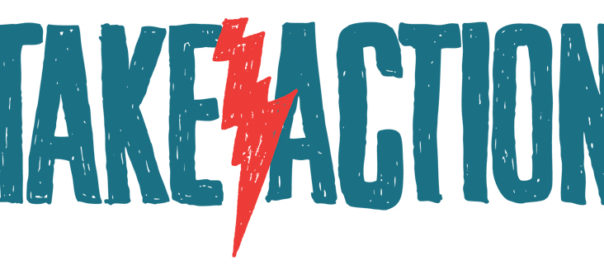The Sooner the Better: Early Action is Key in Regenerative Medicine

This is a unique time in the history of medicine. Regenerative medicine is entering its renaissance period. Exciting research is underway. Giant leaps are being made in understanding the human body. Scientists at Stanford are helping stroke patients confined to wheelchairs walk again. Stunning advances in 3-D organ printing are making artificial hearts, kidneys, and livers a very real possibility.
Regenerative Medicine: Helping the Body Heal
Regenerative medicine is proving particularly useful in healing damaged and diseased bones, muscles, cartilages, and ligaments. Pain and inflammation can be treated. Joint function can be improved. Regenerative medicine makes it possible to stabilize joints, regrow cartilage, and mend torn ligaments without surgery or prolonged recovery.
Regenerative Medicine: Is It Effective?
There is a growing awareness of the promise of regenerative medicine. Professional athletes battling soft tissue injuries are increasingly seeking new-age treatments to get back on the field faster. People suffering from debilitating arthritis are flooding their local clinics looking for non-traditional methods of pain relief.
Regenerative therapies have proven to be quite effective in orthopedic conditions. Studies have indicated that as many as 80 percent of patients experience some improvement in both pain and functionality. These natural, non-surgical treatments are proving increasingly beneficial in improving a person’s quality of life.
The Sooner the Better: Early Action is Key
What has emerged, however, is that natural therapies using the body’s own healing powers work best if they are instituted early in the course of the disease. Many people seek regenerative therapies only once they have tried everything else. Unfortunately, they find it is too late for these treatments to work.
If a tendon is damaged, for example, it is possible to help the body heal itself. However, if the tendon has progressed to complete rupture, then surgical repair may be the only option. In addition, if a disease is in place long enough, other associated changes start to take place. Regenerative medicine becomes limited in how much it can help.
Regenerative Medicine and Veterinary Science
Vets at the Riddle Equine Hospital in Lexington, Kentucky, routinely treat horses for chronic laminitis, a disease of the hoof. Despite their best efforts with multiple traditional modalities, they often have to euthanize a horse because of poor healing. Between the years 2010 and 2012, a trial with stem cell therapy revealed interesting results. Thirty horses received mesenchymal stem cells (MSCs) in addition to routine therapies. The MSC treatment was successful in 70 percent of the cases. What was more interesting, however, was that the sooner the horse received the treatment, the better the outcome.
So, early action is key. In both humans and animals, prompt intervention with regenerative medicine produces better outcomes.
References:
- http://www.thehorse.com/articles/33060/stem-cells-to-treat-chronic-laminitis-the-sooner-the-better
- Image courtesy of http://estherspina.multisite.nextcenturypublishing.com/


